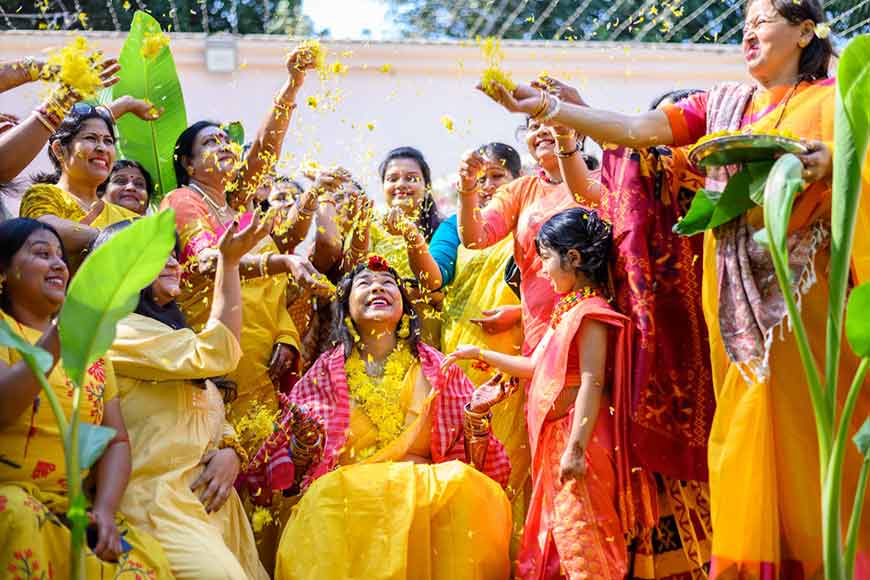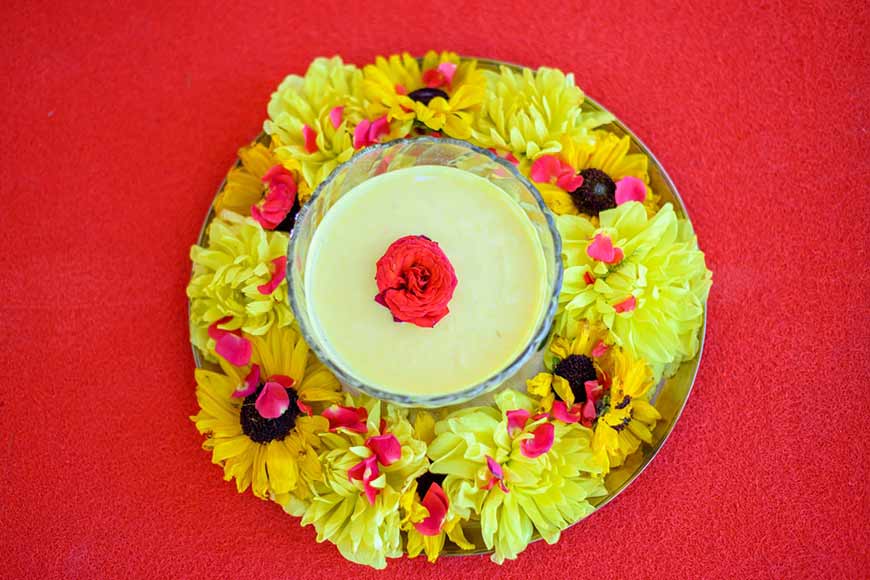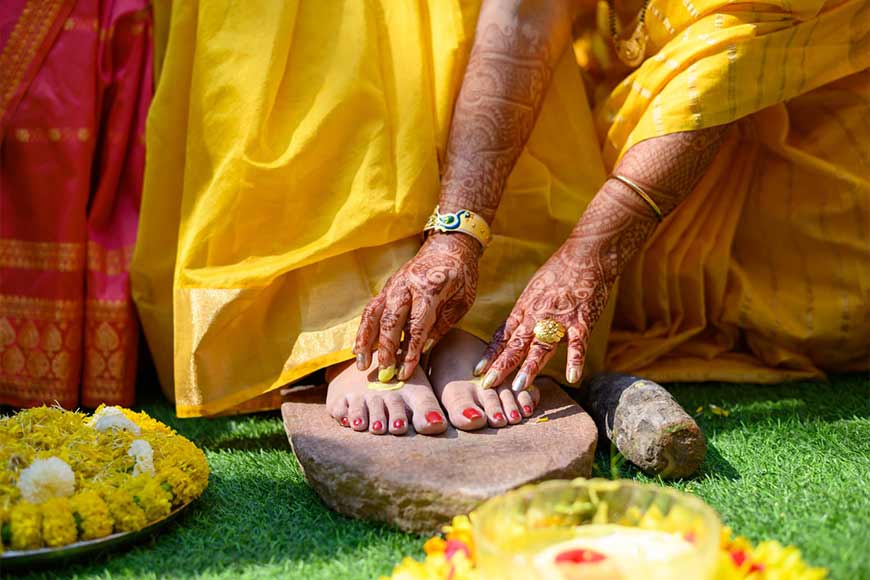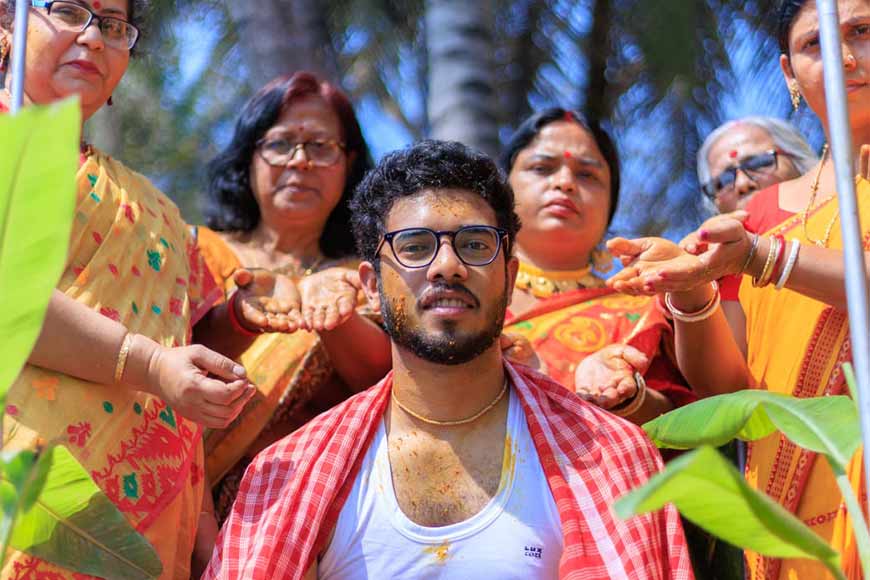More than just a wedding ritual, ‘Gaye holud’ has a scientific explanation behind it!

The Bengali wedding month of ‘Boisakh’ is around the corner, and there is already a lot of excitement cooking up in the households of eligible bachelors and spinsters who are just about to get married. Bengali weddings are full of vibrant colours, scrumptious delicacies, and fascinating rituals. And ‘gaye holud’ or ‘haldi’ (as it is known in other parts of India) has been an inseparable part of it from time immemorial.
Glorified even more in the Bengali daily soaps, ‘gaye holud’ is performed on the morning of the wedding day. It is celebrated in both the households of the bride and groom , where the elders apply turmeric paste to the faces and hands of the bride and groom. For Bengalis, this turmeric paste is first put on the groom by his family members, and then, the remaining paste is brought to the bride’s household. It is then put on the bride by her family and friends.

It is generally believed that the sacred turmeric paste wards off the evil eyes that could potentially affect the soon-to-be-wed. Also, just like red, the yellow colour of turmeric is believed to be "shubho" (auspicious) for marriage rituals. It will supposedly make way for positivity and prosperity to enter the lives of the bride and groom. This is why most couples wear yellow while participating in the ritual. But is this the only reason why Bengalis have designed an entire event around one of the most vital spices in the Bengali kitchen?
Although it may seem like just another happy ritual, ancient texts boast that there are particular scientific significances for every ritual that Indian marriages consist of. It is assumed that this ritual primarily came into existence due to the lack of beauty treatments and parlours in the old days. People had limited to no access to synthetic cosmetics and so found in nature the substance that was needed to illuminate their skin. The bride and groom needed instant radiance to look handsome during the wedding, so they opted for applying turmeric.

Turmeric possesses anti-inflammatory substances and antioxidant components. It inhibits the production of melanin, providing lustre to the skin. It also works as a powerful exfoliate. So when the paste is rinsed off, it takes away dead cells with it, leaving behind glowing, clear skin.
Besides, turmeric comes with a number of medicinal benefits and antiseptic qualities. It detoxifies and rids the skin of blemishes. It also heals any possible cuts, bruises, or scars on application. To enhance its properties even more, many people add a spoonful of sandalwood powder to the paste.

All this is what the beauty of Bengali wedding rituals comprises of. The age-old custom gracefully transpires into a not-so-complex scientific explanation, just like the drops of rose water that blend with the powdery turmeric seamlessly.










